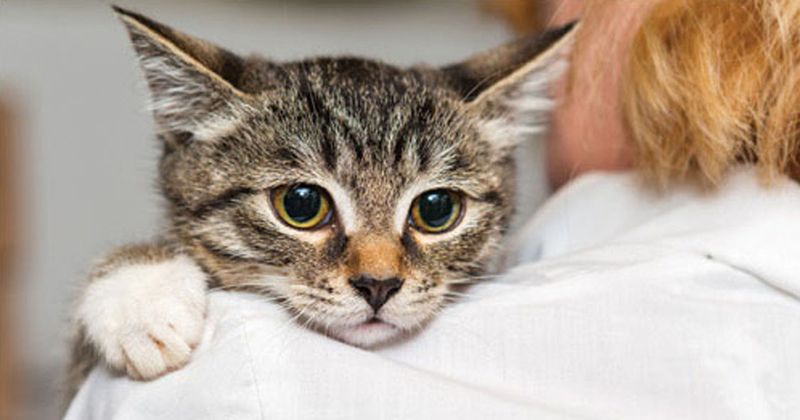New study demonstrates human-to-cat SARS-CoV-2 transmission
Findings published in Vet Record showed that people in the United Kingdom transmitted SARS-CoV-2 to their cats, but researchers did not find evidence of cat-specific mutations.
“At present, there is no evidence of cat-to-human transmission or that cats, dogs or other domestic animals play any appreciable role in the epidemiology of human infections with SARS-CoV-2,” Margaret J. Hosie, BSc, BVM&S, PhD, MRCVS, a professor of comparative virology at the Centre for Virus Research and associate at the School of Veterinary Medicine at the University of Glasgow, and colleagues wrote. “However, although the pandemic is currently driven by human-to-human transmission, it is important to address whether domestic animals are susceptible to disease or pose any risk to humans, particularly those individuals who are more vulnerable to severe disease.”

Source: Shutterstock.
Hosie and colleagues assessed two domestic cats. The first, a Ragdoll aged 4 months whose owner had symptoms consistent with SARS-CoV-2 infection but was never tested for the virus, died 1 week after presenting to the vet with dyspnea. The researchers identified SARS-CoV-2 infection in the kitten by testing lung tissue samples gathered postmortem.
The second was a female Siamese cat aged 6 years that presented to the vet with bilateral yellow ocular discharge and serous nasal discharge, according to the researchers. One of the cat’s owners had symptoms consistent with SARS-CoV-2 at the time the cat presented to the vet. The researchers confirmed SARS-CoV-2 in the second cat using conjunctival and oropharyngeal swabs.
The Siamese cat also tested positive for feline herpes virus, which according to the researchers was consistent with the cat’s symptoms; they noted that it was possible that the symptoms were unrelated to the clinical signs displayed at the time of presentation but wrote “it is also possible that co-infection with SARS-CoV-2 caused reactivation of FHV in this cat.”
After analyzing the SARS-CoV-2 genome from the Siamese cat, the researchers “found no evidence of adaptation in the feline sequences” and wrote that the genome “demonstrated a high degree of sequence conservation with genomes derived from infected humans.” Based on these findings, they wrote “it is likely that all of the mutations in [the cat’s] viral genome were also present in the owner’s virus, although the genome sequence of the owner’s virus was not available for comparison.”
“Reverse zoonotic transmission represents a relatively low risk to animal or public health in areas where human-to-human transmission remains high,” the researchers concluded. “Nevertheless, as human-to-human transmission eventually wanes, prospects for transmission among animals become increasingly important as a source for reintroduction to humans. It is therefore important to improve our understanding of whether exposed animals could play a role in transmission.”

